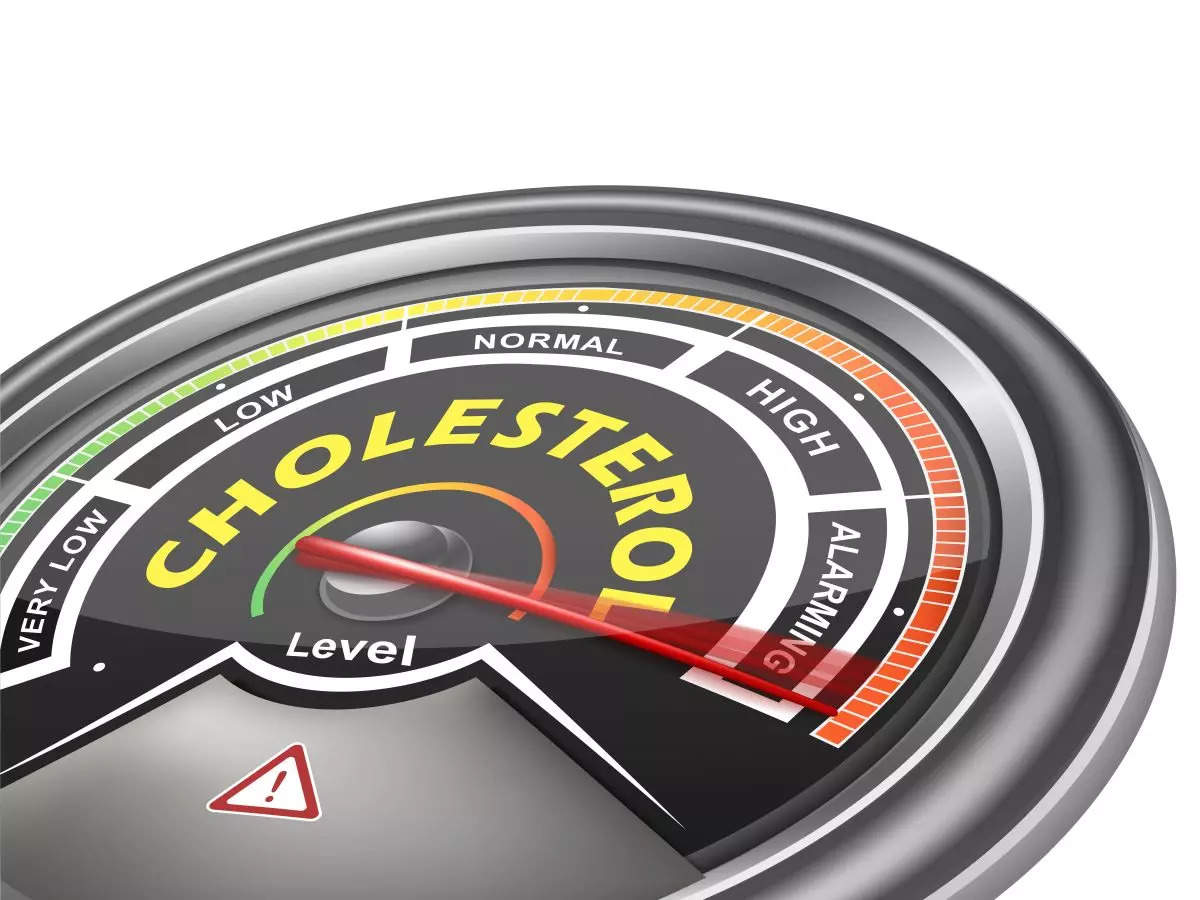By Steven Frank
How I Killed Sleep Apnea
There have been many instances over the years where the causes of certain diseases and conditions have been mistakenly identified as what were later learned to be symptoms or merely contributing factors.
For instance, we once thought that stomach ulcers were caused primarily by eating certain foods and by certain emotional behaviors. Now we realize that although these things contribute to the occurrence of stomach ulcers, without the presence of a stomach bacterium called Helicobacter pylori, there are no ulcers formed.
A similar situation directs the current explanation of sleep apnea. While we know that sagging tissue in the airway, certain personal habits and sleeping positions can aggravate the condition, we have misidentified these as the cause of sleep apnea. Unfortunately, once these beliefs get ingrained into our collective minds, they can cause a great deal of reticence towards considering a newly recognized cause.
I happen to suffer from sleep apnea and have spent many, many sleepless nights tossing and turning. I have tried chiropractic adjustments, various pillow configurations, sleeping positions, soft palate exercises, holding air in my mouth, homeopathic sprays and vitamins. Some of these things affected the symptoms slightly but no one thing completely resolved the problem.
I studied sleep and dreaming in school and have a rather good understanding of physiology. My engineering background allowed me to understand tissue dynamics and, through years of work in the medical equipment business, the small pressure differentials and membrane movements. During my early years I also studied conscious dreaming, which is the activity of bringing conscious intervention into the dream state. This unique and eclectic combination of insight and training facilitated my ability to observe subtle issues during the process of falling asleep. These are observations that most people would not make or understand. When you add to that the fact that I am a sleep apnea sufferer, it presents an interesting learning environment that is far more focused and direct than electroencephalography (EEG) machines, used to record electrical signals in the brain; electromyogram (EMG) signals, a measurement of muscle activity; and standard sleep data analysis.
Sandman
One night as I started to fall off to sleep (transition from Stage I to Stage II) I noticed that my breathing was diminishing. I found myself trying to fight this, but it was inevitable. The diminution in respiratory intensity would culminate in a period of breathing cessation. Then, after 10 seconds or so, I would rapidly inspire and literally suck my soft palate into my throat causing a barely audible “snort.”
I began observing this with the aid of a stopwatch function and found that I was “snorting” about every 90 to 120 seconds. The snort didn’t fully awaken me at times. Some nights it would take me an hour of poor quality sleep to recognize that this was occurring. Other nights it was so profound that it caused me to awaken with each snort. It was at this point that I began to experiment with various sleeping positions, pillows, holding air in my mouth, chiropractic adjustments, muscle massage and diet. I tried exercising my soft palate and positioning my tongue. I tried everything that I could think of. It seemed that I had an identifiable issue that was causing my poor sleep and, as a scientist, I was intent on investigating it and discovering its true cause. As a person who was sleeping poorly, I was simply desperate for a good night’s sleep. I would suffer for three or sometimes five nights of terrible sleep and then from sheer and utter exhaustion would sleep for a couple of nights. I am not overweight, do not drink or smoke, yet sleep quality? Horrible.
Shortly after this realization, I began studying herbs with constituents that affect respiration. I immediately recognized the value of lobelia and thyme. Making a simple combination of these and a couple of other herbs, I put the powdered herbs in capsules and, much to my surprise, slept without disturbance.
When you test a sample size of one, the only way to get reasonable data is to use an auto-correlation technique. That is to say, will the tested sample be consistent with itself in subsequent tests when a single variable changes?
So, to see how it behaved with a different variable, I did not ingest the capsules the next night. I had a very disturbed night with breathing cessations every 90 seconds or so. The next night, I used the herbal combination and slept wonderfully. The third night, I did not take the herbal combination and was once again disturbed by cessations every 90 seconds. That same night, I got out of bed, took the herbal combination and after 30 to 45 minutes, fell fast asleep. At this point, I knew that I was onto something.
What I had discovered was a common cause for obstructive sleep apnea and central sleep apnea and a remedy for them both. It was not a cure, as it didn’t eradicate the condition. I have used this combination of herbs every night since I figured this out about seven years ago. There are some nights when I use an antihistamine to reduce congestion (an aggravating factor) but my breathing cessations and the resultant disturbance to sleep are banished when confronted with these phytomedicines.
First, let’s explore a curiosity that directs us towards the right question. Why is it that a sagging soft palate, overweight condition or drinking does not cause us to stop breathing for short periods during the day? Why is it that these physical and habitual problems don’t cause us to “snort” a rapid inhalation that disturbs us during the day? Why can we lie down on our backs and breathe without interruption when we are awake? When we sleep, we have the same body with the same musculature as when we are awake. Clearly something changes when we are asleep. What is it and why? Let’s examine how the body controls breathing and what happens as we begin to drift into sleep.
Cessation Of Breathing
When one starts to fall asleep, one moves from Stage I (drowsiness) into Stage II sleep. Stage II sleep is the transition stage before entering REM (rapid eye movement) sleep. REM sleep is where we dream. Dreaming is critical to a good night’s sleep. When we have begun to fulfill our need for REM sleep, the body will spend periods of time in Delta sleep. REM sleep is usually encountered every 30 to 90 minutes. It occurs in more frequent intervals at the end of a good night’s sleep.
When we enter Stage II sleep in preparation for dreaming, muscular activity is inhibited. This is called “reduction of muscle tonus.” This function occurs primarily to keep the dreamer from physically acting out the movements of the dreams since the part of the brain that controls muscular movement cannot tell the difference between a dream of walking down stairs and actually walking down stairs. These signals (if uninhibited) would go out to your muscles and you would perform what you were dreaming. Obviously this could be a serious problem, as it could injure the sleeper. This muscular inhibition is absolutely necessary. It is accomplished by suppressing the movement of signals from the brain along the spinal cord.
This reduction of the signal that causes us to breathe results in a cessation of breathing. As it continues, our blood oxygen level drops to a dangerously low level. When the blood oxygen level drops and the level of carbon dioxide rises, the normal proportional control loop is unable to maintain the desired levels. This is where the safety backup system comes in. When the blood oxygen level gets low enough and the carbon dioxide level high enough to cause the individual to suffer physiological damage, a large rapid inhalation causes a pressure differential in the pharynx and sucks the sagging soft palate into the airway. This then obstructs the flow and causes a loud “snort” that arouses the sleeping subject. Often, the arousal does not bring the subject to full consciousness. More often than not, it is simply enough to get the subject to return to a Stage I sleep where there is no muscular inhibition.











